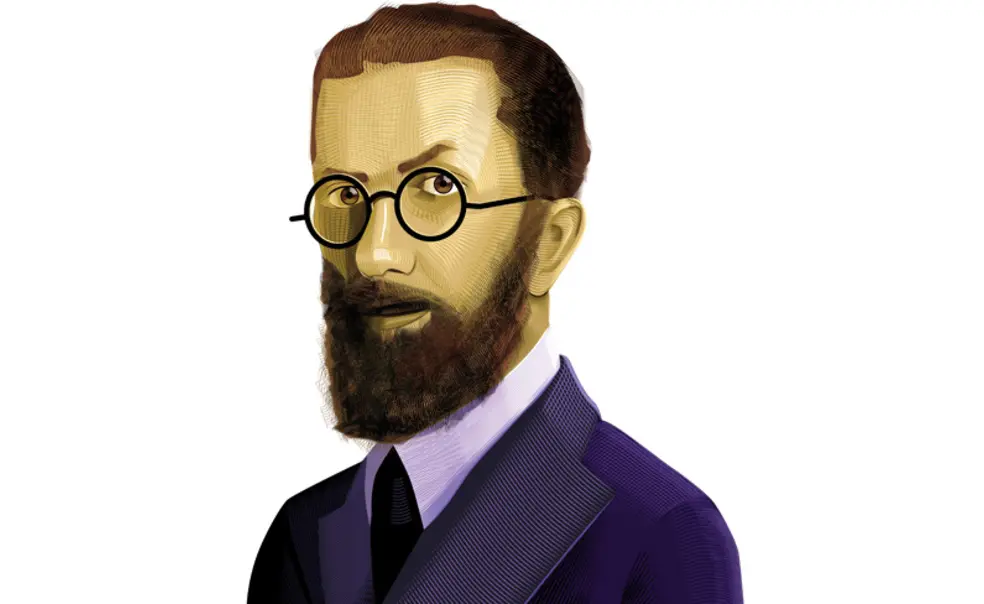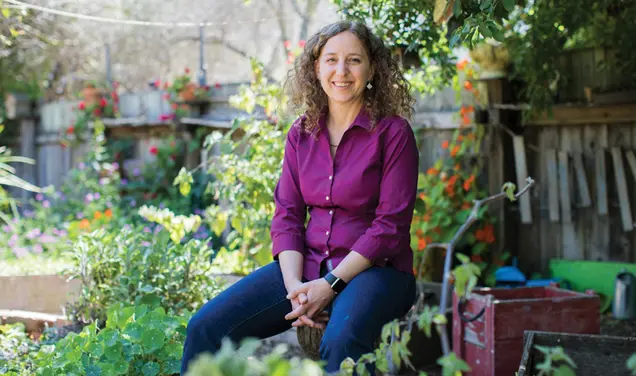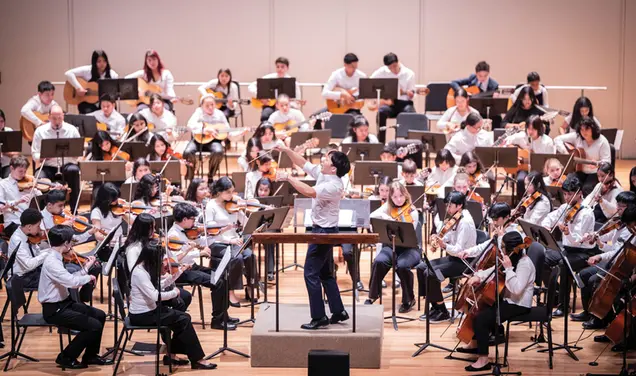He Fled Europe and Became ‘The Patron Saint of Photocopying’
In the 1970s, within the depths of Firestone Library’s C Floor, a photograph of a bespectacled professor in flowing robes was “put up by the photoduplication staff as a kind of icon.” According to Princeton history professor James Billington ’50, it was a fitting tribute to religious studies professor Georges Florovsky, whose prolific photocopying habit in the library was notorious among library staff, who allegedly called him “the patron saint of photocopying.” Orest Pelech, a librarian, was more blunt, dubbing Florovsky a “Xerox junkie.”
Indeed, Florovsky’s appetite for xeroxing obscure books on Russian and Orthodox religious history was insatiable, as the study in his Nassau Street home was “virtually impassable” thanks to the glut of his papers and rare books, according to former student Andrew Blane. Every time Blane visited Florovsky’s home “an hour or two was set aside to try to create some order or to reduce the physical hazard.” But Florovsky, a consummate historian, saw glimmering potential in any scrap of information. “You never can tell when it can be used,” Florovsky explained to Blane.
Florovsky’s excessive printer quota was built upon a transnational career in theology that brought him all over Europe, as he evaded political instability in his quest to help restore Orthodox Christianity to its early roots.
Born in 1893, Florovsky grew up in the cosmopolitan city of Odessa, in modern-day Ukraine (then part of the Russian Empire). An early talent for languages presaged academic success at the University of Odessa, and his first publication was a scientific paper on salivary secretion, which was presented by Ivan Pavlov, the scientist famous for his experiments on dogs.
Florovsky’s real interests lay in the Orthodox religion, but the Russian Revolution of 1917 upended life in Odessa, and in 1919, Florovsky decided to flee. “My conviction was that I would never return,” he reflected, according to Blane’s biography of Florovsky. “I was quite sure that I would find something to do in this other new world.”
After stints in Bulgaria and Czechoslovakia, Florovsky found something to do: In 1924, he began teaching at the St. Sergius Orthodox Theological Institute, a premier religious school in Paris. Eight years later, he was ordained as a priest, considering the dual role of priest and theologian to be a natural arrangement. His focus was on patristics, the study of early Christianity, and he began facilitating interfaith dialogues between religious leaders in England, Greece, and France.
While his diplomacy with other religions was going well, Europe was falling apart. In 1939, anticipating the German invasion of France, Florovsky and his wife, Xenia, fled to Yugoslavia until Tito’s Communist partisans took control. In 1944, the Florovskys continued their odyssey, arriving in Prague just ahead of the Soviet Red Army. Fearful of being arrested by the U.S.S.R.’s secret police, Florovsky engineered an escape to Paris by enlisting his old friend, the Archbishop of Canterbury, to appeal to the Czechoslovakian president-in-exile to arrange for Florovsky’s exit visa. However, the Czech Communist leader, at that time the minister of interior, would have to sign the paperwork.
In a plot that seemed straight out of the classic film Casablanca, Florovsky sent a young woman with a stack of papers to the minister for his signature. The minister, in his rush to sign the documents, didn’t realize he also signed Florovsky’s release.
In 1948, Florovsky moved to the U.S. to teach at St. Vladimir’s Orthodox Theological Seminary in New York, but his promotion of Greek over Russian in language instruction caused friction, and in 1955, he was forced out.
He landed well again, this time at Harvard Divinity School, where he was only permitted to teach graduate students because administrators feared he might lead undergraduates to Orthodoxy. But Florovsky’s courses were so difficult — requiring fluency in four languages — that few students could manage and live to see their GPA tell the tale.
In 1964, Billington brought Florovsky to Old Nassau as a visiting fellow in the Slavic studies and religion departments, where he became an in-house expert and photocopier extraordinaire. Scholars as far afield as Oregon and Kansas traveled to meet the tireless globetrotting theologian, whose prodigious career had left a wake of 376 publications. In his final years, the Princeton University Library purchased his collection of 10,000 books, which visitors are welcome to scan, if so inspired.











No responses yet